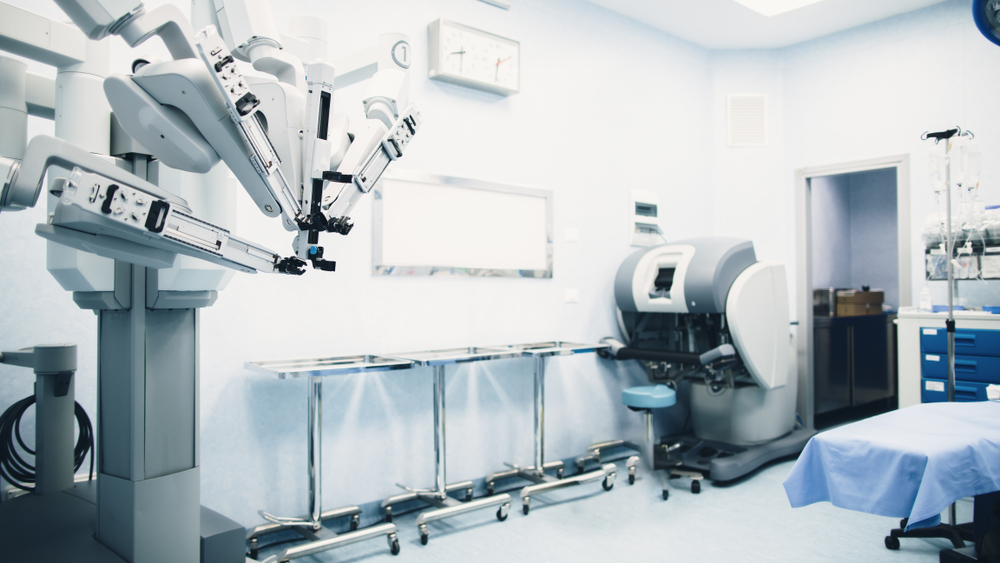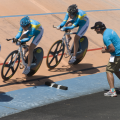There are many contemporary AI-based applications in which robots are being used. These machines have become incredibly popular in the field of medicine, and robot-assisted surgery. Something which was just a figment of the imagination a couple of decades ago is now widely practiced all over the globe. As surgery is the main curative form of treatment for prostate cancer many oncologists have focused themselves on mastering this technology of robotic surgery. This technique indeed offers the benefits of open surgery, only with minimal incisions and lesser morbidity.
The daVinci Surgical System
Prominent doctors like Dr. Sanjay Razdan routinely use the daVinci Surgical System. At the cutting edge of technology, this model has a high precision movement capability, including a high definition imaging system. Imaging can be coupled with a fluorescence contrast system, which provides a dynamic picture in real time. The surgical console can be connected to an ultrasound system that projects the images directly onto the control screen, guiding the surgeon through the duration of the procedure: this system is essential for various types of surgeries.
With this surgical robot, Dr. Sanjay Razdan has completed over 7000 assisted procedures. He specializes in urology, oncology, and is a principal investigator treating a variety of urological diseases. Dr. Razdan is also the founder of PART, Inc. a non-profit organization which delivers prostate awareness, research and treatment to the less fortunate on a pro bono basis. He pioneered the techniques of MULP and the usage of amniotic membrane which made him the recipient of the prestigious Health Care Heroes Award Nomination by the Greater Miami Chamber of Commerce in 2018.
Robots like daVinci Surgical System can also be used in a variety of different surgeries, such as:
- breast cancer
- ENT cancers
- thyroid cancer
- gynecological cancers
- digestive cancers
The benefits of robotic surgery
Greater visibility for the surgeon
Compared to traditional laparoscopic techniques, robotic surgery provides stabilized 3D vision which is magnified substantially. The instruments are thus directed with extreme precision, combined with remarkable visibility.
Minimally invasive surgery in hard-to-reach areas
The robot can be used to access areas that are otherwise extremely difficult to reach: for example in the pelvic cavity in digestive and gynecological surgery, or still in the oropharyngeal space in ENT surgery.
Fewer aesthetic effects
Thanks to the robot, most surgeries can be performed with minimal invasion, which means fewer scars on the body. Thyroid surgery is also almost invisible when performed through this robot.
Precision dissection
The number of minimally invasive procedures is gradually increasing in all specialties. The instruments are oriented in all the planes of space, with degrees of freedom superior to those of a human hand. The coagulation and staple systems are among the most advanced at the moment.






























No Comments
Leave a comment Cancel